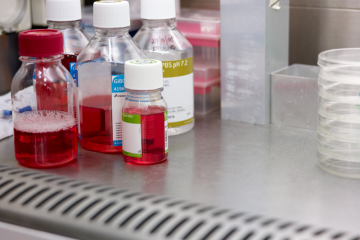Partnerships and impact awards
The characterization and application of tamoxifen taste masked beads in preclinical research

At a glance
In progress
Award date
February 2025 - January 2027
Grant amount
£168,052
Principal investigator
Richard Houghton
Co-investigator(s)
- Brendan Doe
- Charlotte Baker
- Dr Jessica Taylor
- Dr Youhani Samarakoon
- Dr Fang Liu
Institute
University of Cambridge
R
- Refinement
